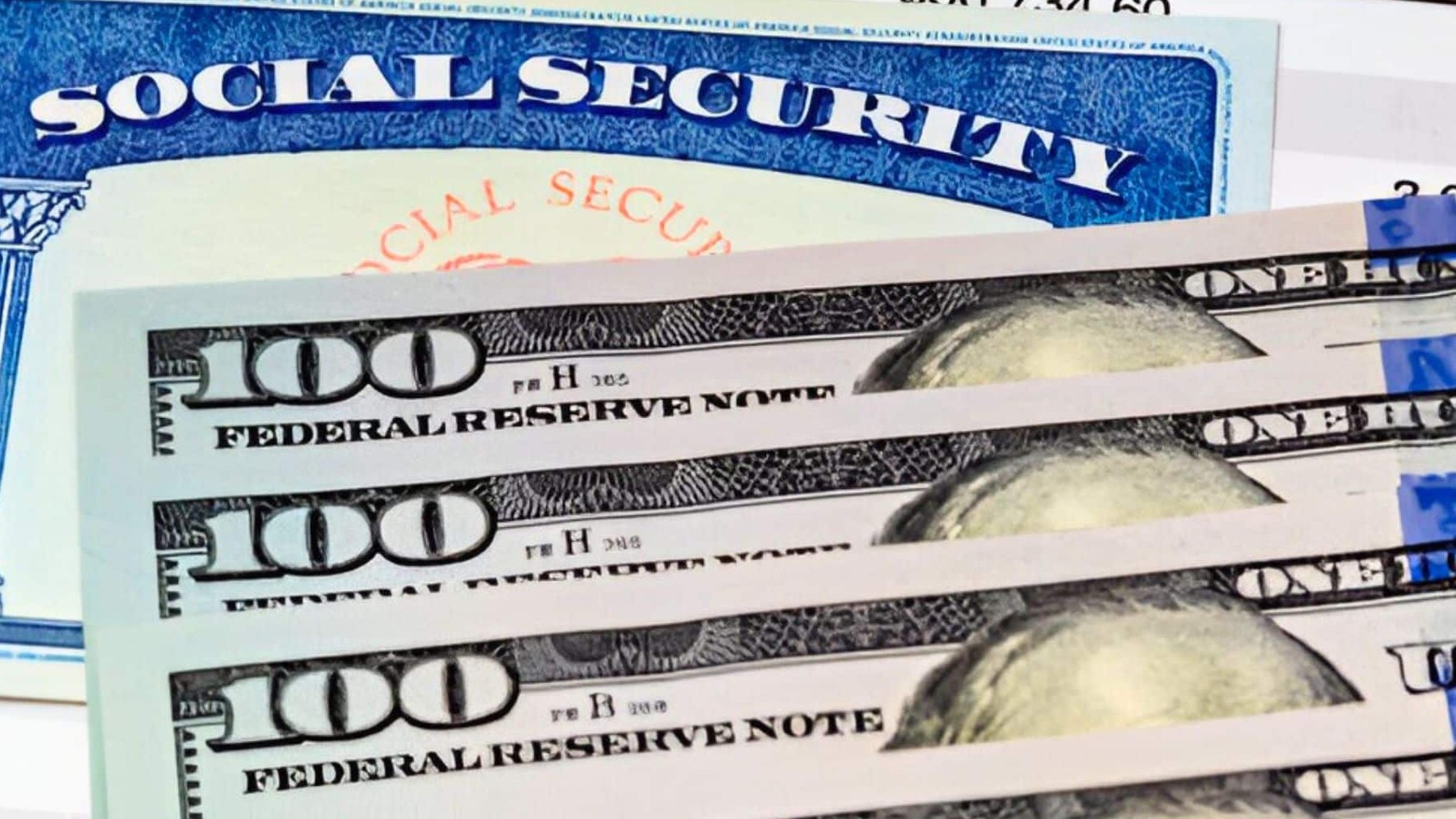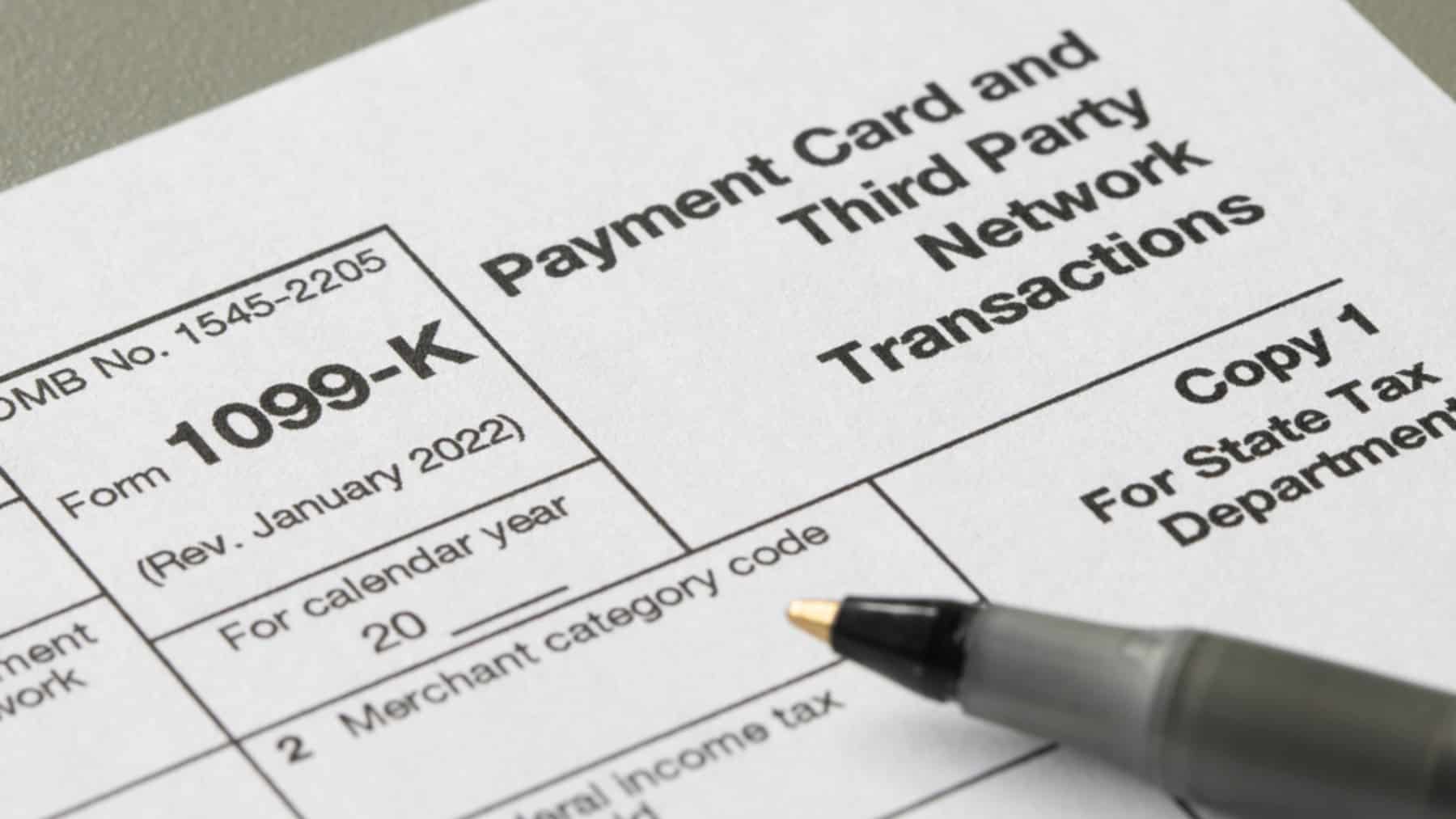In order to reduce poverty and increase food security in the United States, citizens rely on the Supplemental Nutrition Assistance Program (SNAP). This program provides federal assistance through which SNAP recipients receive food stamps that allow them access to healthy food. During the pandemic period, restrictions on available commodities were much looser, but since this year, states have tightened their food policies. SNAP restrictions include eliminating soft drinks, candy, sugar-sweetened beverages, energy drinks, juices with less than 50% fruit, and any product with high amounts of sugar. The measure is intended to combat diseases such as diabetes and to encourage SNAP beneficiaries to change their habits to healthier products.
Supplemental Nutrition Assistance Program (SNAP)
The Supplemental Nutrition Assistance Program (SNAP) is the assistance offered by the federal government to those who cannot afford to buy basic foodstuffs. Approximately 42 million U.S. citizens make use of this program, which helps reduce poverty in the United States. It is very simple to use. Those eligible receive a cash deposit each month on an Electronic Benefits Transfer (EBT) card. This card works like any debit card, but its use is exclusively for the purchase of food and authorized products.
SNAP restrictions
Although this is federal assistance, each state can manage the SANP. Since the pandemic in 2019, states were very flexible in terms of the list of allowed products, given the obvious delicate economic situation. However, certain restrictions have been re-established in several states, in order to bring this program back to normal. Several states have announced new measures for the year 2026:
- This is the case of Utah and Idaho: which have announced that as of 2026 soft drinks and candy will no longer be SNAP-eligible products.
- Iowa has also declared that it will not include taxed food or sugary snacks.
- Nebraska has taken soda and energy drinks off the SNAP list.
- As of July 2026, it will not be possible to use SNAP money to purchase soda, candy or juice that has less than 50% natural fruit in its composition.
What are these restrictions intended to achieve?
The main objective of the Supplemental Nutrition Assistance Program (SSA) is to help those people who cannot access a healthy and nutritious diet by their own means. It is intended that there are no disadvantages in this regard and that any citizen can have a balanced diet. In addition, these measures are intended to help beneficiaries reduce sugar consumption, thus preventing diseases such as diabetes, overweight or cardiovascular diseases. The list of foods allowed under SNAP remains extensive, including fruit, vegetables, dairy products, meat and fish, bread and non-alcoholic beverages.
They form the basis of a healthy, basic diet for everyone. It is common sense that there are certain items that are not included in the list of allowed products. It makes no sense for the government to pay for products such as tobacco, alcoholic beverages or energy drinks. SNAP even gives you the possibility to buy seeds or plants to plant at home what you want, so you can have your own garden and grow your own food.
How to differentiate the products that are suitable for SNAP?
Before filling the shopping cart, it is important to make sure that the products chosen are eligible for purchase with the SNAP card. The authorities have recommended that you look at the labeling on the products. Eligible products are usually labeled “Nutrition Facts”, while ineligible products are labeled “Supplement Facts”. This distinction can help and facilitate the purchasing process without having to go crazy trying.
Did you know that you can shop on Amazon and pay with SNAP? Find out about this new feature here!




